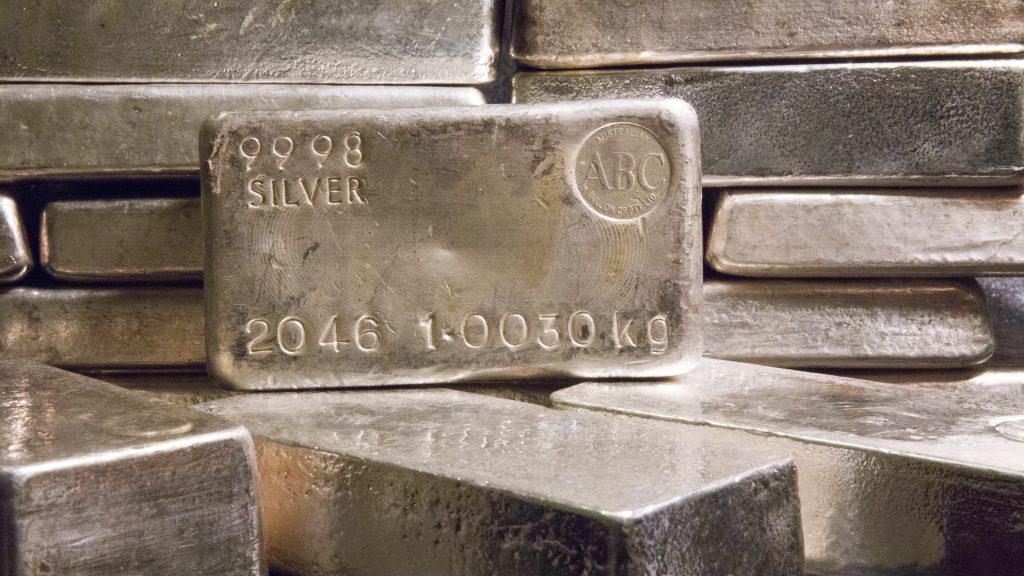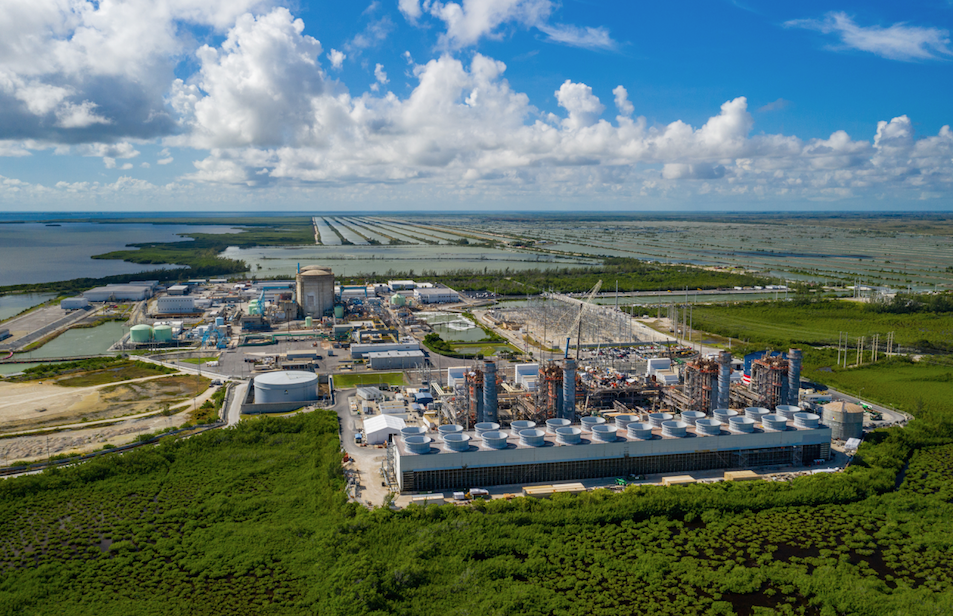Miners are dumping every single ounce they produce

On an annual basis, global silver supply generated by mines seems to have run into a ceiling of about 1 billion ounces. Supply has essentially flat-lined over the past several years.
At the same time, explosive growth in demand from photovoltaics (solar panels) and electric vehicles is driving widening projected supply deficits for physical silver.
Rising silver prices will, in theory, incentivize more production. But the costs of extraction are rising sharply.
Metals markets analyst Steve St. Angelo estimates that in the first half of 2024, the total weighted average of cost of production among the leading silver miners rose to at least $26 per ounce. More marginal, higher-cost operators are facing the prospect of selling their product at a loss even with silver fetching $30 per ounce.
The silver price tends to find major support at its average all-in sustaining cost of production at any given time. That figure is likely to trend higher, possibly much higher, in the future.
In estimating the costs mining companies will face in the future to replace the metals they are selling today, we cannot simply extrapolate from their historic operating costs.
Operating an existing mine is one thing. Having to undertake the costs associated with exploring for new deposits and developing new mines is quite another.
A mine is by its nature a depreciating asset. The economic value of its extractable deposits will eventually be exhausted, and the mine abandoned.
New mines must be developed in order to keep the market supplied with metals. That takes a lot of capital – and time.
S&P Global estimates that it takes an average of 20.8 years worldwide to develop a new gold mine.
The time-frame is even longer for copper, nickel, and other base metals – which often produce silver as a byproduct.
Regulatory hurdles can delay viable projects for years – or shelve them indefinitely.
Thanks to stifling layers of red tape in the United States in particular, as noted by S&P Global, “The US has the second longest mine development times in the world, at almost 29 years on average from first discovery to first production.”
To say that it is difficult to get a new mine up and running is an understatement. Per the Colorado School of Mines, only 1 in 750 projects makes it.
Importantly, the sunk costs associated with the extraordinary number of failed projects aren’t included in the mining industry’s estimated annual production costs.
In other words, the true cost of newly mined gold and silver and gold ounces is substantially higher than anyone ever reports.
These sunk costs on failed projects also represent huge opportunity costs – specifically, the missed opportunity to buy above-ground gold itself instead of pouring capital into long-shot dreams of digging it out of the ground at a profit.
SilverCrest Metals (NASDAQ: SILV) is one of the only companies willing to talk about the true all-in costs of exploring, developing, and producing ounces. And that knowledge has led the miner to sock away bullion on its balance sheet, rather than dumping every single ounce produced in exchange for depreciating Federal Reserve notes at whatever the price of gold or silver happens to be at the time.
With the benefit of a fantastic producing mine, SilverCrest president Chris Ritchie told Money Metals his company began accumulating its precious metal reserves right after paying off all its debts in 2023.
“SilverCrest added bullion alongside our other capital allocation opportunities because of the functionality of our product – and we want to give our investors more of what they want while also hedging against some of the risks associated with mining,” said Ritchie.
“The irony is that the gold and silver mining industry invests huge sums of money over long periods of time, and yet we choose to hold fiat currencies as our preferred store of value versus the gold and silver ounces we work so hard to get.”
Today, SilverCrest has almost one-third of its working capital in gold bullion, i.e. $30 million.
The nominal price of gold has since risen 30%, already making this strategy look like a pretty genius move.
The allure of striking it rich by prospecting for gold has driven countless individuals and enterprises to financial ruin over the ages. It will sadly continue to do so.
But that doesn’t mean gold itself is a risky asset. Quite the opposite is true. Hard money in the form of gold has held its value over time far better than any fiat currency or financial instrument. It provides protection from the ravages of inflation and insurance against calamities in paper asset markets.
Silver, meanwhile, offers more upside potential due to its low market price relative to gold and its more glaring supply deficit.
Physical precious metals belong on the balance sheet of any individual or corporation that is concerned with mitigating risks associated with financial assets in general and fiat currency in particular.
While cash reserves may be necessary in order to cover everyday expenses and provide for immediate liquidity needs, cash itself is not a yielding asset.
Cash, even when invested in money markets that offer positive nominal yields, almost certainly will not generate a positive real (after-inflation) return over time.
By contrast, even though physical gold offers no nominal yield, it has nevertheless delivered an impressive real yield. Gold’s cumulative gains over the past two decades have absolutely clobbered the returns on money markets and bonds.
As for silver, its most impressive gains may be yet to come.
More News
{{ commodity.name }}
{{ post.title }}
{{ post.date }}



6 Comments
Nick
Brilliant! All gold and silver miners should immediately begin the task of converting on-balance sheet fiat reserves to physical gokd and silver….
Ok
Oh man, you’re hired as ceo of every mining company with that order.
Kevin l sulzen
Why is the price of silver still being manipulated and we allow this to occur?
T. Lewis
Exploration costs are considered sunk costs during mine feasibility studies. The only guarantee in exploration is Geologists will spend their budget.
Lee Powell
A bright outlook
Jon Schneider
Thanks for this great article. I’m always wondering why the very wealthy people in this P.M. space aren’t backing the miners. Mine the Silver, gold, copper, zinc and HOLD the SILVER! Hold it until the manipulation is crushed by the demand for Silver. Get back to basic supply and demand of business.